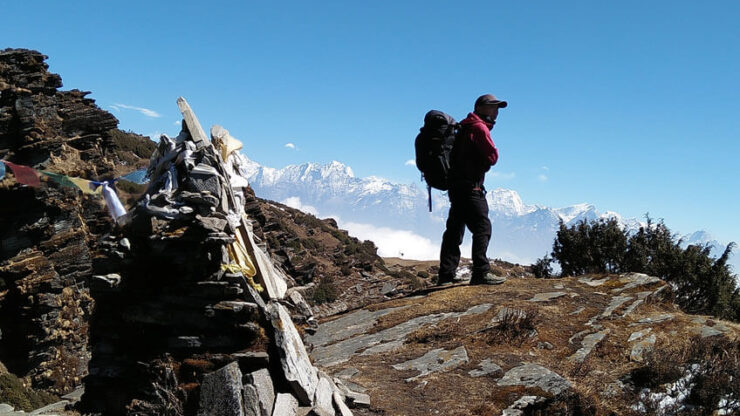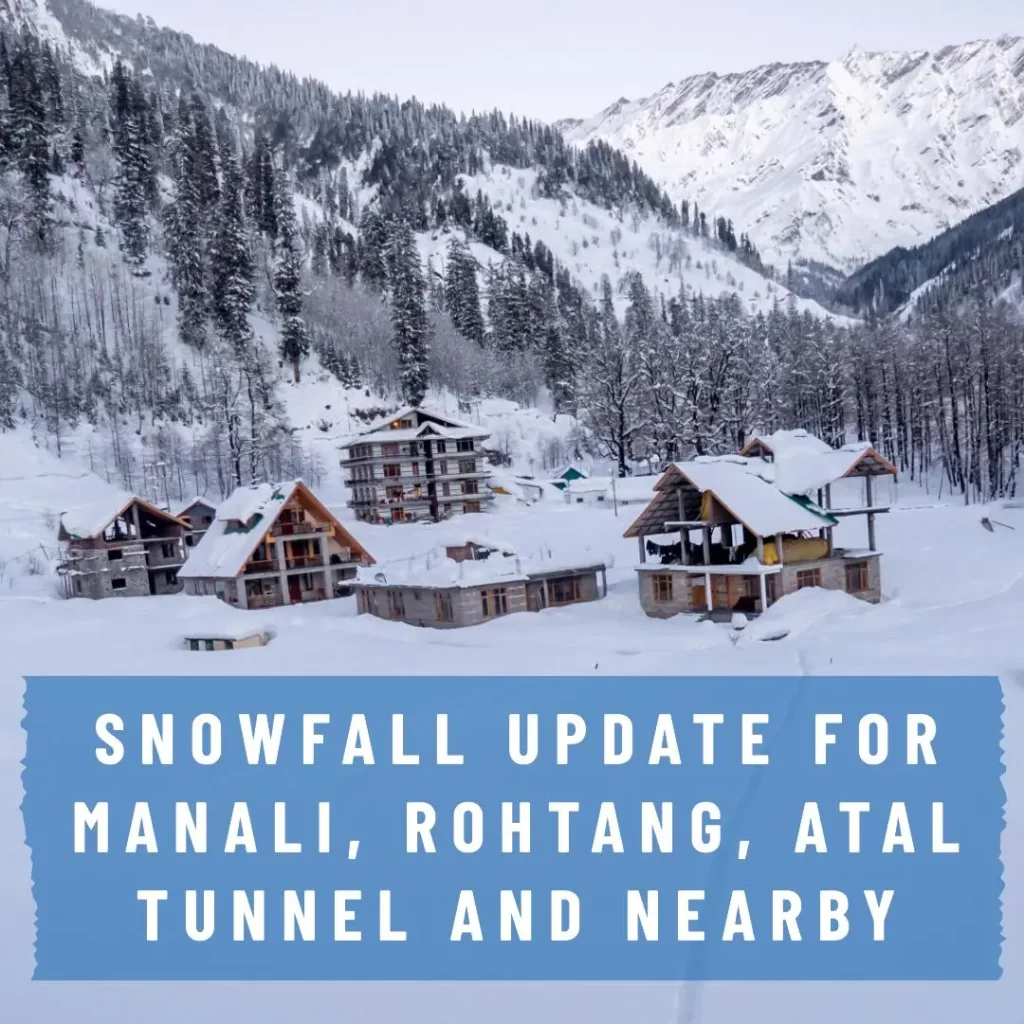The Majestic views of the mountains are worth the trek to Pikey Peak. There are many advantages to trekking in this area, including its short duration and relative ease. Read on to find out how to plan your trek to Pikey Peak. And if you are not convinced, here are some reasons why you should consider the Pikey Peak Trek. After all, what better way to experience the majesty of the mountains than to do it?
Pikey Peak Trek
The Pikey Peak is located in the lower Khumbu region and is accessible via flight from Kathmandu. The trek starts by walking through a pretty forest, amidst the stunning views of the Himalayas. From the summit, you can see the Annapurna Range, including the Kanchenjunga Peak. The Pikey peak itself is 4065 meters high, but the trek includes stops at nearby villages such as Kosinasa and Lamane.
The Pikey Peak Trek is a wonderful short trip to the Everest region, which boasts amazing scenery and mountain views. You can also explore the culture of the Sherpas in the region. The Pikey Peak itself is not very high, and you should not expect to be challenged physically. If you are a beginner or someone with limited experience in trekking, it is best to do some physical exercises before starting your trek.
Day of Pikey Peak Trek
The Day of Pikey Peak Trek is a challenging yet rewarding hike in the Rocky Mountains. The trek will allow you to experience panoramic views and hear the melodious sounds of nature. The first half of the trek will take place behind the lodge. You’ll then follow the trail to the summit, which is strewn with prayer flags. You’ll start your trek before sunrise to take advantage of the stunning views of Annapurna and Kanchenjunga.
Your trek begins with a drive to Jhayprey, a town about nine hours away by car. From here, you can fly to Phaplu, about 3 hours away, on Mondays and Wednesdays. You’ll trek through beautiful pastures until you reach the summit. Then, you’ll descend to the village of Junbesi. On this day, you’ll visit the monastery of Thuktencholing, founded by the great Buddhist monk Trulsik Rimpoche. After visiting the monastery, you’ll be able to enjoy the sunrise over the Kanchenjunga range.
Months to do Pikey Peak Trek
When should you go for a Pikey Peak Trek? Whether you want to spend your days in the snowy mountains or enjoy the lush vegetation, this mountain trek is a great choice for you. You can also choose from four distinct seasons and choose the ideal month according to your personal preferences. Winter is the best time for trekking to Pikey Peak, when the mountain peaks are snow-covered. Winter is also the best time to visit the Everest region, as temperatures dip to minus degrees. Many lodges remain closed during this time, and it can be difficult to navigate on snowy paths.
Generally speaking, trekking is a moderately-level trip, so it is best to begin training several months before the trek. You will need to pack some personal belongings, warm clothes, and quick-drying shorts. It’s also a good idea to start doing physical exercises as early as three weeks prior to the trek. Taking part in such exercises will help you become more comfortable while trekking. Depending on the level of your fitness, you may want to join a gym or take up cycling to improve your cardiovascular health.
Majestic views of the mountains
If you’re looking for an easy yet adventurous trekking destination that offers magnificent views of the mountains, consider the Pikey Peak Trek. This new short trek in Nepal takes you from Kathmandu to the base camp of Pikey Peak. Along the way, you’ll see mesmerizing wildflowers, old monasteries, and lush valleys. Then, you’ll continue your trek to Loding and Phaplu, and finally, back to Kathmandu.
The most impressive thing about this short but magnificent trekking destination is the view of the Himalayan mountains. Not only does this route give you up-close views of Mt. Everest, but you’ll also witness magnificent landscapes and views of Mt. Lhotse, Mt. Kanchenjunga, and Makalu, in addition to spectacular sunrises and sunsets. Pikey Peak has the reputation of being an off-the-beaten-path trekking destination, and it will certainly give you a unique experience.
Sherpa culture in Solukhumbu region
Sherpa religion and culture is one of the most unique aspects of the country’s high Himalayas. For centuries, they have been adherents of the Tibetan school of Buddhism. This practice dates back to the eighth century A.D., when Buddhism was first introduced into Tibet. While the rites and rituals differ slightly from one sect to the next, many Sherpa rites are based on Tibetan Buddhism. In the traditional Sherpa way, the deceased’s soul can enter heaven by exiting through their head, a ceremony which is performed by the lama.
Today, Sherpa women typically wear golden jewelry. Coral and turquoise are commonly found mounted on silver necklaces. Women wear takcha ornaments. Men wear Patuk, Chhou, Kaedak, and Along ornaments. They also wear silver clips studded with semi-precious stones. While Sherpa culture has been largely unchanged since the nineteenth century, western-style clothing has become popular among younger Sherpas.
Sherpa cheese factory on the way to Pikey Peak Trek
In addition to the Sherpa cheese factory, you can visit a monasteries, traditional Sherpa homes, and tea houses along the way. You can also sample local cuisine while on the trek. Depending on the length of your trek, many trips to Pikey Peak last 10 days or more. Here are some tips for trekking in the Pikey Peak region. If you’re thinking about taking a trek in this region, be sure to check out the different lodging options available.
After the cheese factory, you’ll walk a short way to Pikey base camp. You’ll pass through rhododendron forests before continuing uphill on a dirt road. You’ll see a small pond and a beautiful forest before arriving at the Sherpa cheese factory. From there, you’ll continue to Ngaur, a cluster of houses perched on an outcrop. The village suffered a devastating earthquake in 2015, but now there’s a prayer wheel next to the Gompa.





